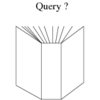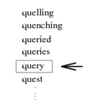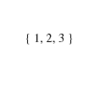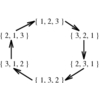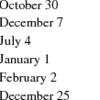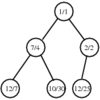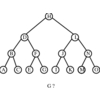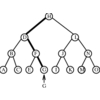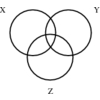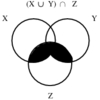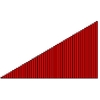Standard Template library in C++ form SGI
The Standard Template Library, or STL, is a C++ library of container classes, algorithms, and
iterators; it provides many of the basic algorithms and data structures of computer science. The STL
is a generic library, meaning that its components are heavily parameterized: almost every component
in the STL is a template. You should make sure that you understand how templates work in C++
before you use the STL.The STL include several other types of components.
First, the STL includes several utilities: very basic concepts and functions that are used in many
different parts of the library. The concept Assignable, for example, describes types that have
assignment operators and copy constructors; almost all STL classes are models of Assignable, and
almost all STL algorithms require their arguments to be models of Assignable.
Second, the STL includes some low-level mechanisms for allocating and deallocating memory.
Allocators are very specialized, and you can safely ignore them for almost all purposes.
Finally, the STL includes a large collection of function objects, also known as functors. Just as
iterators are a generalization of pointers, function objects are a generalization of functions: a
function object is anything that you can call using the ordinary function call syntax. There are several
different concepts relating to function objects, including Unary Function (a function object that
takes a single argument, i.e. one that is called as f(x)) and Binary Function (a function object that
takes two arguments, i.e. one that is called as f(x, y)). Function objects are an important part of
generic programming because they allow abstraction not only over the types of objects, but also over
the operations that are being performed.
Download Files (local site)SQI site of STL
Recommended Books
Problem Links
This page last modified on 2008-07-10
.
www.algorist.com

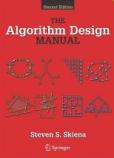
 Effective STL: 50 Specific Ways to Improve Your Use of the
Standard Template Library
Effective STL: 50 Specific Ways to Improve Your Use of the
Standard Template Library STL Tutorial and Reference Guide: C++ Programming with the Standard Template Library
STL Tutorial and Reference Guide: C++ Programming with the Standard Template Library